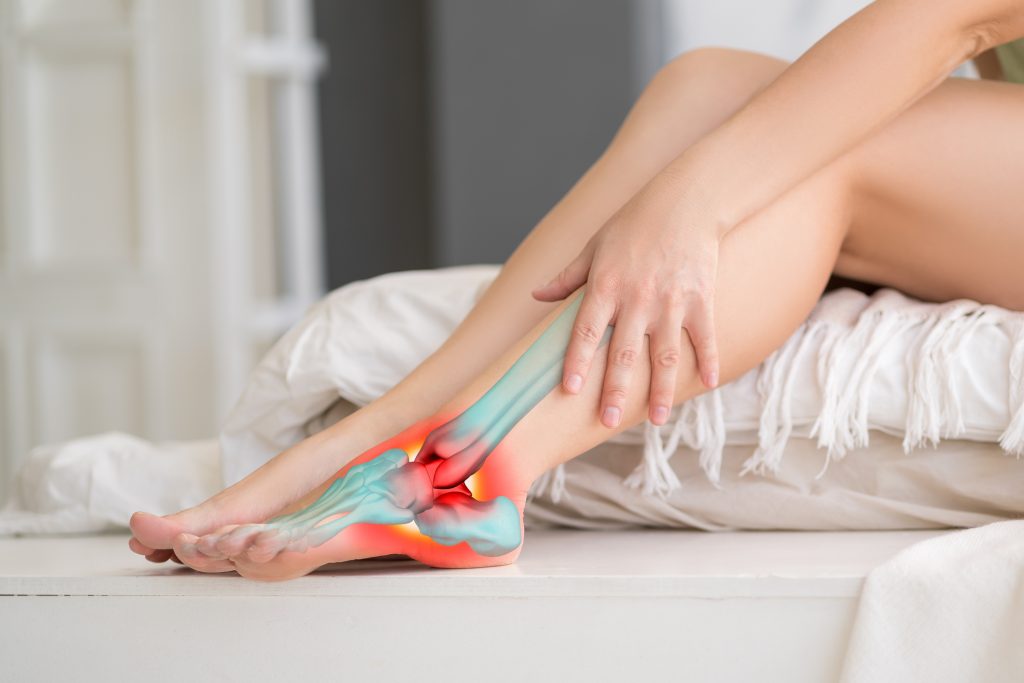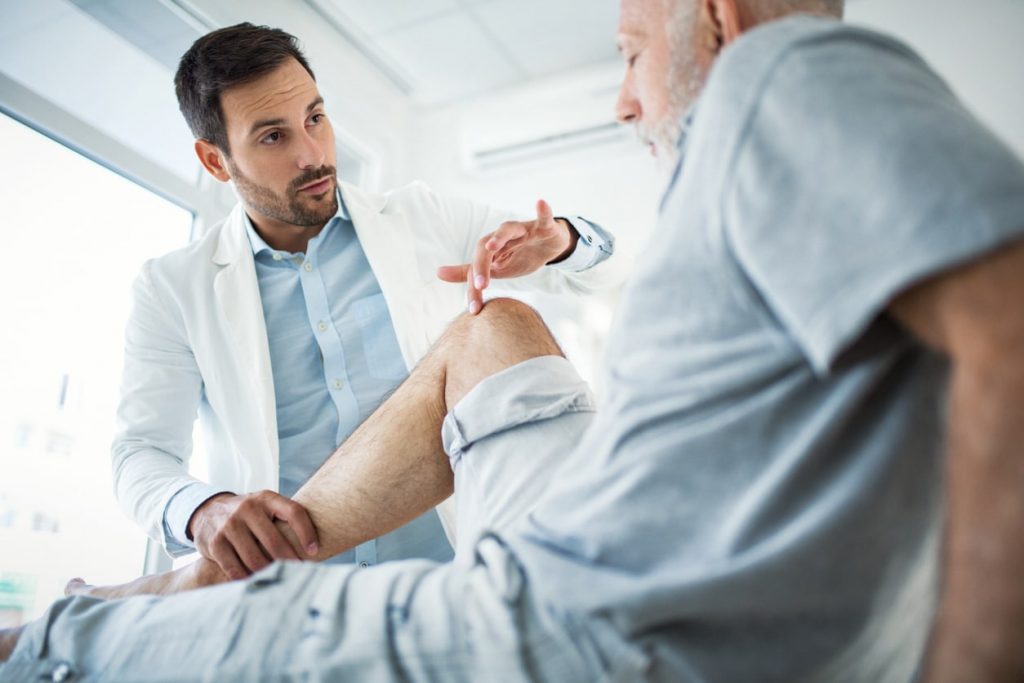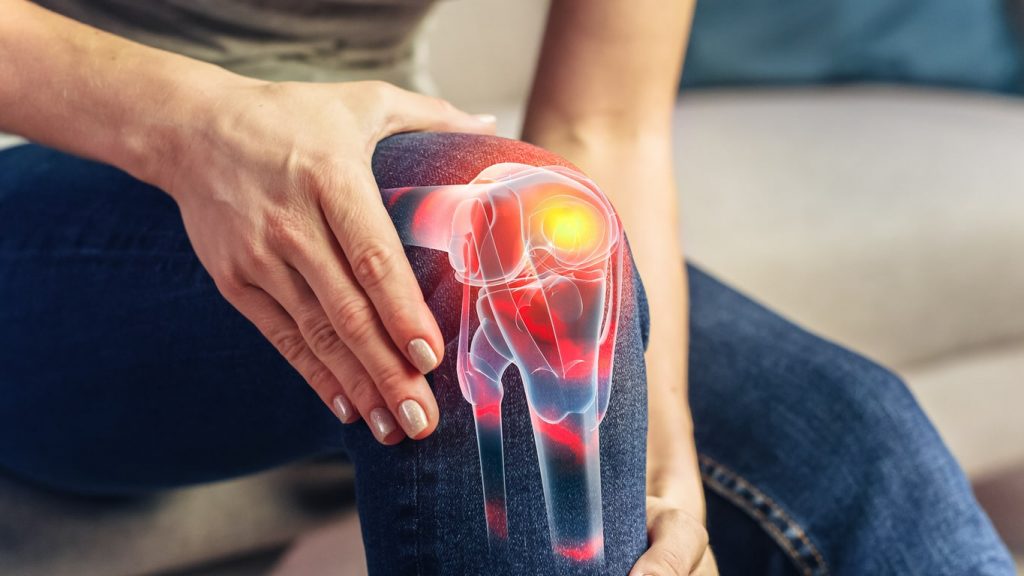In orthopedic surgery, medical advancements help refine procedures for better patient outcomes, particularly in addressing anterior cruciate ligament (ACL) injuries. One method gaining prominence is ACL reconstruction, which combines autograft with the lateral extra-articular tenodesis (LET) technique. This approach aims to restore stability to the knee joint and minimize the risk of re-tears, a significant concern for patients undergoing ACL surgery. By leveraging the body’s tissues and incorporating the LET procedure, orthopedic surgeons strive to enhance the durability and longevity of ACL reconstructions. Here, we will explore the intricacies of ACL reconstruction with autograft and LET, exploring its benefits, outcomes, and implications for patients seeking to return to an active lifestyle with confidence and security.
Understanding ACL Reconstruction and the Role of Autografts
Autografts play a pivotal role in ACL reconstruction surgery. Choosing the graft material used to replace the damaged ligament is important. Autografts, harvested from the patient’s body, are widely utilized due to their compatibility, reduced risk of rejection, and potential for optimal healing. Common autograft sources include the patellar tendon, hamstring tendons, and quadriceps tendon. These grafts offer the advantage of native tissue characteristics, promoting integration with the surrounding tissues and facilitating the long-term stability of the reconstructed ACL. Each source has its unique advantages and considerations:
- Patella Tendon Autograft: Often considered the ‘gold standard,’ it has the longest track record of success. It may result in a second scar and potential knee pain or weakness.
- Hamstring Tendon Autograft: While it has a long track record, there’s a slightly increased risk of stretching over time, particularly in young females.
- Quadriceps Tendon Autograft: A newer technique gaining popularity due to its large, strong graft suitable for young patients and revision ACL surgeries. The short-term results are promising, highlighting its potential as a reliable choice for ACL reconstruction.
The selection of the autograft source is a nuanced decision that considers the patient’s age, activity level, and specific needs, ensuring a tailored approach to ACL surgery that maximizes success and minimizes complications.

Lateral Extra-articular Tenodesis (LET) Technique
The Lateral Extra-articular Tenodesis (LET) technique, when combined with Anterior Cruciate Ligament Reconstruction (ACLR), has shown remarkable success in improving patient outcomes, particularly among athletes. This innovative strategy aims to overcome the limitations associated with traditional ACLR methods by prioritizing enhanced knee stability and mitigating the risk of re-injury. By incorporating the LET technique, surgeons can reinforce the strength and resilience of the reconstructed ACL, thereby offering patients a higher level of confidence in their knee’s function and durability post-surgery.
What is the LET Technique?
The Lateral Extra-articular Tenodesis (LET) technique often utilizes a portion of the iliotibial (IT) band, a thick band of connective tissue running along the outside of the thigh. This portion of the IT band, known as the central slip, is harvested and then secured to the femur using a knotless all-suture anchor, typically with a diameter of around 1.8 mm. This approach aims to provide additional stability to the knee joint, particularly in cases where there is a concern for persistent instability following ACL reconstruction.
Advantages:
- Provides additional stability
- Eliminates pivot shift
- Reduces the need for staged procedures
Disadvantages:
- It may increase operative time and soft tissue dissection
- Potential iatrogenic damage to ACLR graft fixation
- Variable results and patient selection
Clinical Outcomes and Rehabilitation:
- Impact on Rehabilitation: Compared to standalone ACLR, the LET technique does not alter the standard rehabilitation protocol, facilitating seamless integration into patient recovery plans.
- Clinical Outcomes: Studies evaluating clinical outcomes and complications at a minimum of 2-year follow-up have shown promising results, particularly in young sports patients. The technique is associated with a satisfactory rate of return to pre-injury sports levels.
Incorporating LET into ACLR procedures presents a nuanced approach to addressing rotational instability, enhancing the robustness of the repair, and ultimately contributing to the patient’s return to their desired level of activity with minimized risk of re-tear.
Rehabilitation and Recovery Post-ACL Reconstruction with LET
Rehabilitation and recovery post-ACL reconstruction with LET begins immediately following surgery, emphasizing a structured and phased approach to ensure optimal outcomes. The journey from surgery to full recovery is meticulously planned, with each phase building upon the previous, aiming for a gradual return to pre-injury activity levels.
- Initial Recovery (Days 1-7): This phase focuses on pain management, wound care, and early mobilization. Patients may use crutches and wear a knee brace for protection. Physical therapy starts to restore range of motion and initiate gentle strengthening exercises.
- Early Rehabilitation (Weeks 1-6): Emphasis on reducing swelling, improving range of motion, and restoring muscle strength and control. Physical therapy becomes more frequent and intense, incorporating exercises to enhance knee stability and neuromuscular control. Patients transition from crutches to weight-bearing as tolerated.
- Mid-Term Rehabilitation (Weeks 6-12): Patients experience improved mobility and reduced pain. Focus on strengthening the quadriceps, hamstrings, and calf muscles. Functional exercises like balance training and sport-specific drills will be introduced to prepare for a return to activity.
- Late Rehabilitation (Months 3-6): Advanced strengthening, agility training, and sport-specific activities. Emphasis on improving endurance, power, and agility while reintroducing running, jumping, and cutting movements under supervision. Functional testing assesses readiness for return to sport.
- Return to Sport (Months 6-9 and Beyond): Gradual return to sport-specific training and competition based on individual progress and sports demands. Clearance for full activity is determined by your orthopedic surgeon. Continued adherence to rehabilitation programs and monitoring of knee function is essential to prevent re-injury and optimize long-term outcomes.
Contact Us
ACL reconstruction with autograft and the LET technique represents a promising approach to improving knee stability and reducing re-injury risk in patients with ACL injuries. As research in this field continues to evolve, advancements in surgical techniques, graft selection, and patient selection criteria can optimize outcomes further and enhance patient satisfaction.
Contact Peter Howard, M.D. today if you need ACL reconstruction or are seeking guidance on the latest technological advancements in orthopedic surgery. With a commitment to staying up to date on the latest research and technological innovations, Dr. Howard provides personalized care and cutting-edge treatment options to help patients achieve optimal outcomes and confidently return to an active lifestyle. Don’t let knee injuries hold you back. Schedule a consultation with Dr. Peter Howard today and take the first step towards a healthier, more resilient knee.


